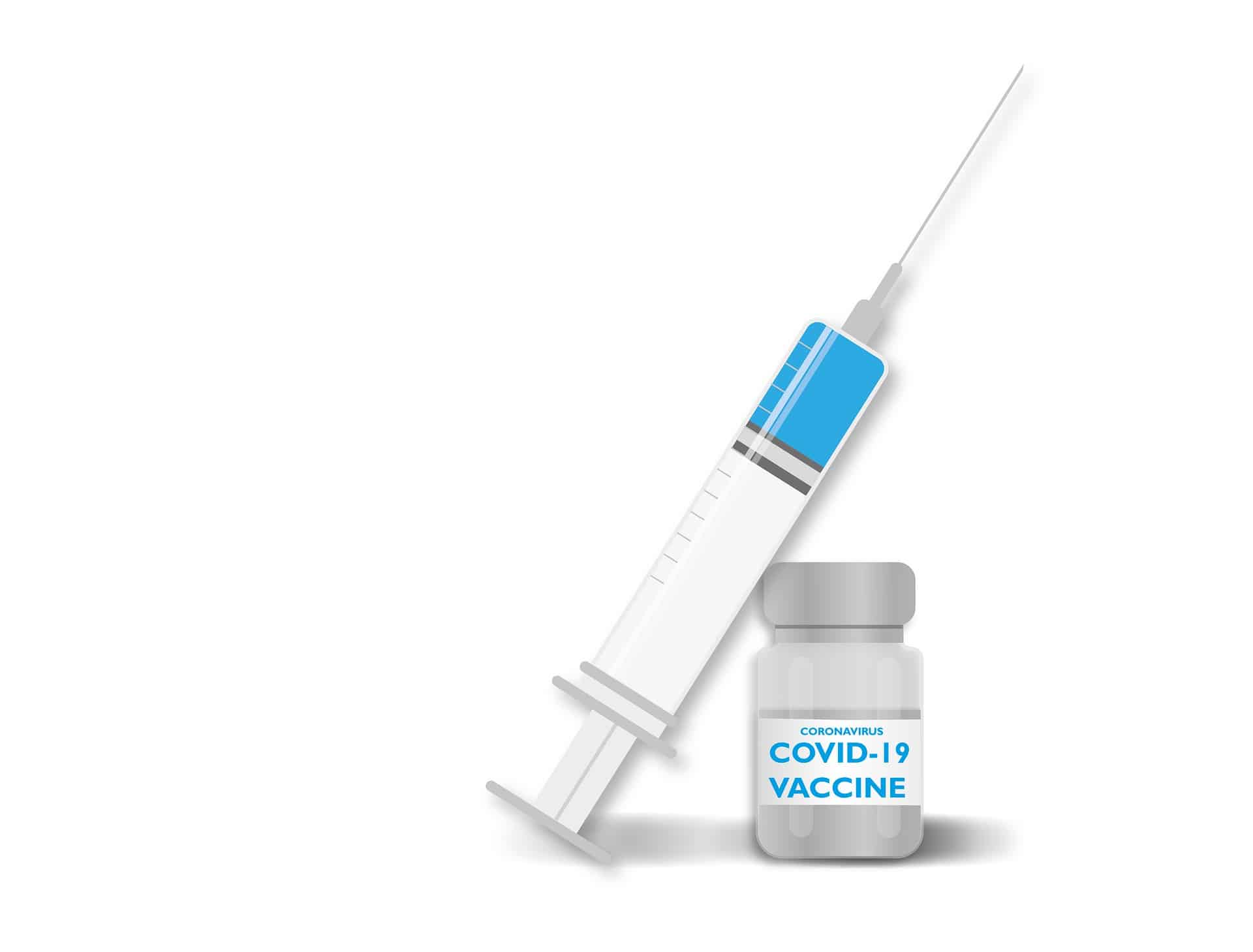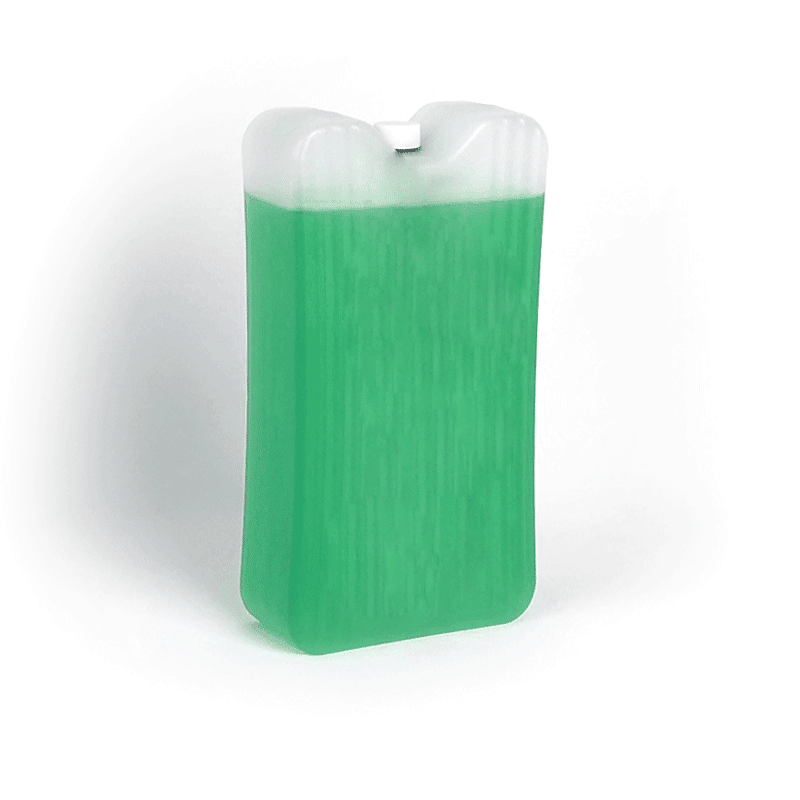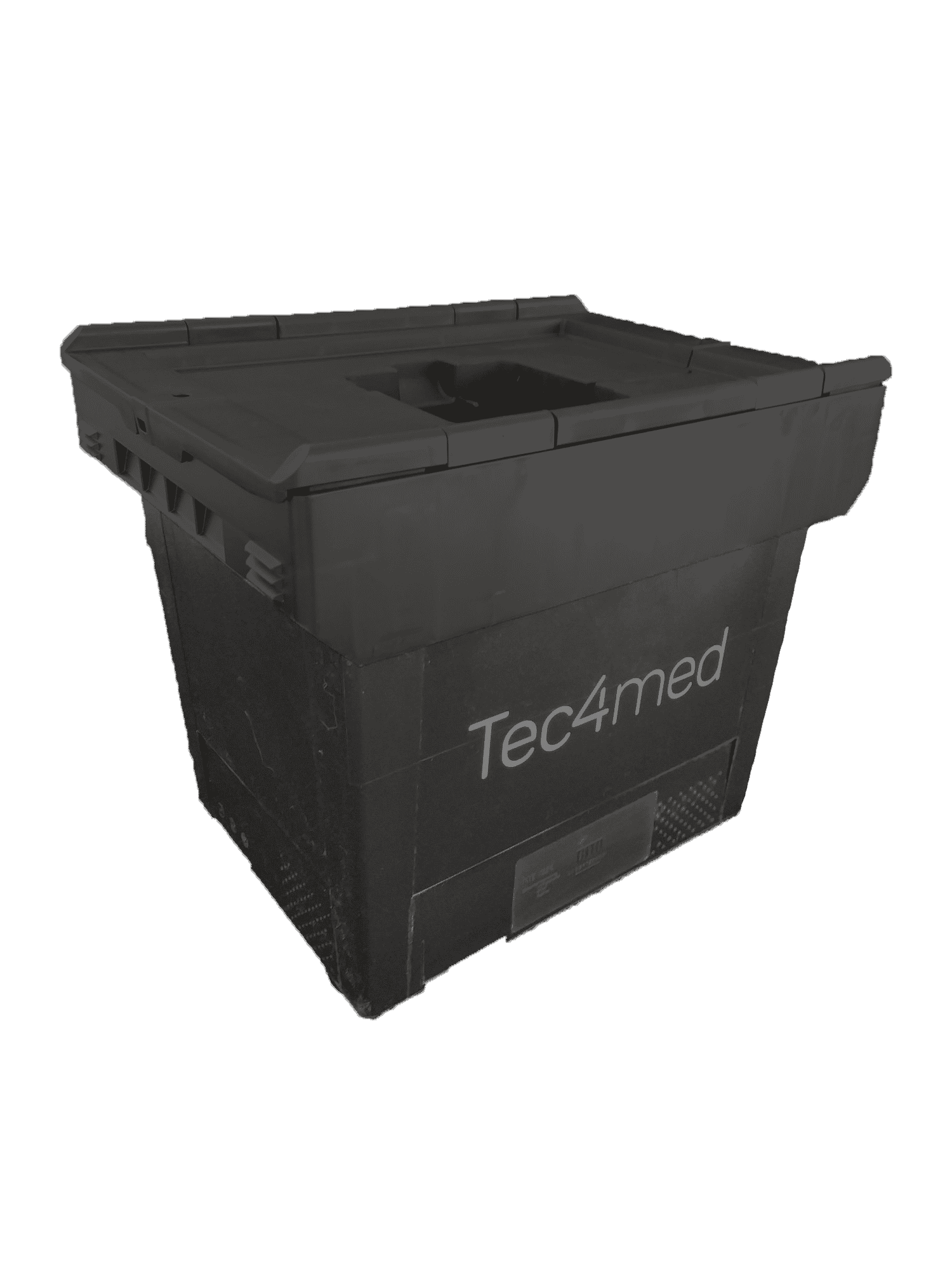In the summer months, it is already almost an annual occurrence and now also very topical: the dry ice shortage. Many pharmaceutical and food manufacturers are now facing the challenge of getting temperature-sensitive products from production, via wholesalers, to shops and pharmacies. We explain why this is, why dry ice is so important for the cold chain, and what reliable, sustainable alternatives are available. Finally, we want to clarify whether PCM packs are competition for dry ice.
To start with: The topic swirling in the media about the scarcity of CO2/carbonic acid and the associated lack of dry ice is not new. Especially during the summer months, the demand for dry ice traditionally increases every year. And that is logical: food, pharmaceuticals and other products requiring refrigeration must be handled with particular care in the summer. As temperatures rise, so do the demands on the cold chain. More dry ice is simply needed to maintain those cold chains.
The reason for the dry ice shortage
As already mentioned, the increased demand in summer is a natural phenomenon due to rising temperatures, which simply means that more dry ice is needed. The question arises as to why the production of dry ice is not simply ramped up in the relevant summer months in order to ensure the important cold chains. On the one hand, this could reduce the risks of food and medicines spoiling or reaching the customer unusable, and on the other hand, it could prevent financial losses due to stagnating production and supply chains.

But unfortunately, it’s not that simple: the real reason for the almost annual dry ice shortage lies in its production. Dry ice is made from pure CO2, which in turn is merely a by-product of the chemical industry, e.g. ammonia production. Ammonia is used for fertilizer. In the summer months, however, farmers use much less of it, which means that there is less CO2 again – a vicious circle.
If a plant of a large chemical company in Germany breaks down or production processes change, this can lead to strong fluctuations in the supply of CO2 and thus also in the supply of dry ice.

Vaccine logistics have priority
Moreover, the Corona pandemic showed how quickly CO2 can not only make drinks sparkling in the form of carbon dioxide, but is also capable of saving lives. Without the -78°C cold dry ice, vaccine logistics would have faced a far greater challenge. If the vaccines are not cooled sufficiently, they can only be stored for a few days or even a few hours. At temperatures above the usual room temperature, they can even become directly unusable. Of course, in such a special situation, manufacturers prioritize sensitive vaccines, but other logistics areas of pharmaceutical manufacturers are also quickly shaken.
Can PCM cold packs compete with the established dry ice?
Of course, there are a few reasons why dry ice has established itself in cold chains over the years. With a temperature of -78.5° Celsius, products can be cooled to extremely low temperatures. In addition, dry ice is a very safe option for supply chain refrigeration when used as directed.
Nevertheless, dry ice has some shortcomings compared to more modern solutions. For example, negligent handling of dry ice at extremely low temperatures can result in painful cold burns. In addition, a large amount of invisible CO2 gas is produced during the phase transition, which can lead to high pressure and thus danger in closed containers.
These hazards do not occur when using PCM packs, as they are not hazardous goods. Another advantage of PCM cold packs is that they can be reused. While dry ice can only be used once, PCM cold packs can be used several times. In the long term, this sustainability also leads to a cost advantage. However, probably the most important difference between the two solutions is the high flexibility of the PCM cold packs. Whether in the cold chain (2 to 8°C), room temperature (15 to 25°C) or even in the minus range (-25 to -15° C), there are ready-made PCM sets that ensure the right temperature.

Tec4med reusable shipper as a solution
Modern problems require modern solutions – and this is exactly what our Tec4med reusable shippers offer. Designed for “last mile transport”, yet with a runtime of up to 160 hours, our reusable products offer the right transport solution for almost any delivery. By cooling various PCM cold packs, the multi-use boxes can be configured for temperature zones from -25° to +25° Celsius. A dry ice version with peak temperatures of -78° Celsius is also available. Starting with the Cube with a volume of approx. 2 litres, through transport boxes with volumes of 4-50 litres up to the Pallet Shipper, we offer you a suitable solution for every transport.
Conclusion: PCM cold packs offer a good alternative for refrigerated transports

Not only by necessity due to the current dry ice shortage but for many other arguments discussed above such as safety, flexibility, and cost savings, switching from dry ice to PCM packs can be a sensible step to improve your cold chain. It is essential to be open to change and to customize your supply chain to your specific application – because, for each required transport condition, there are several alternatives today that will get your shipment safely to its destination. You can already find some possible applications on our website.
We would be happy to advise you and support you in finding the right solution for your needs. Simply fill out the contact form below or contact us at inquiry[at]tec4med.com
